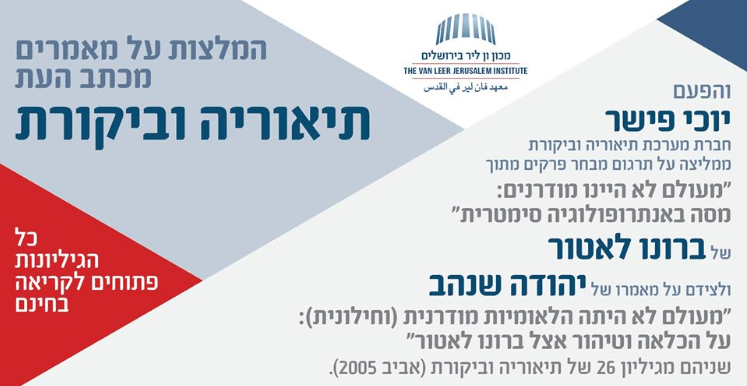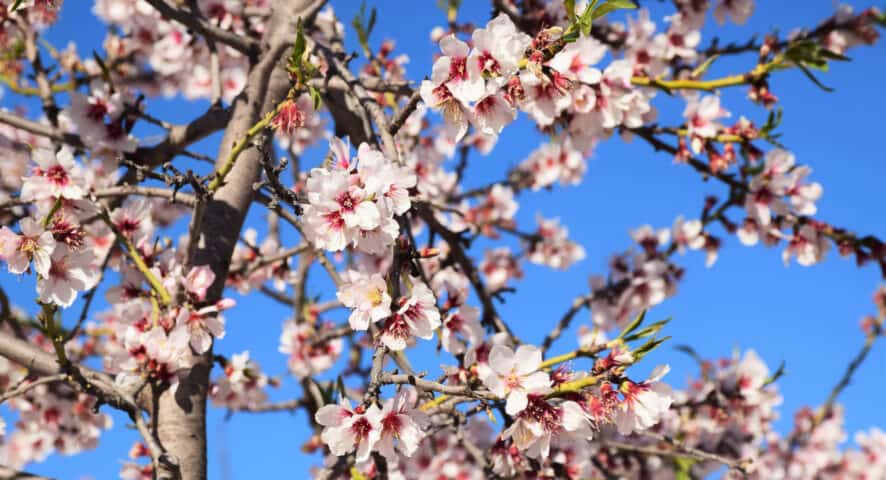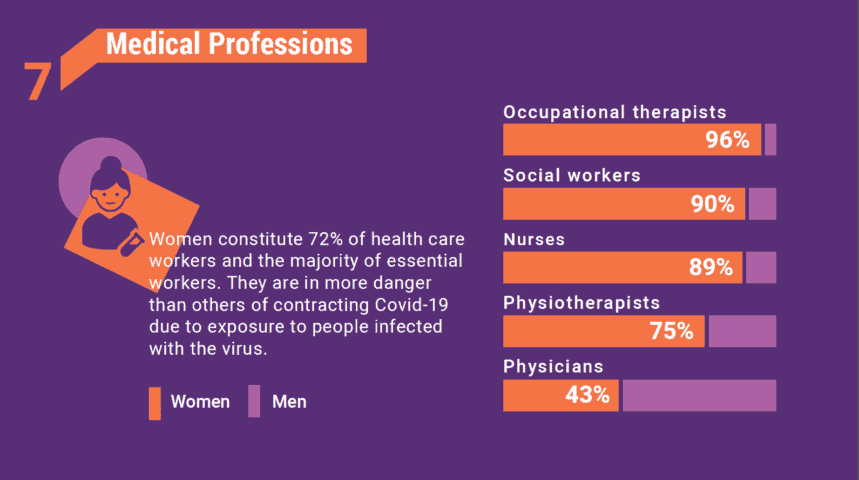Arab Society in Israel
Dr. Tsameret Levy-Daphny | 31.08.2021 | Photo: Ella Yedaya, Shatil Stock
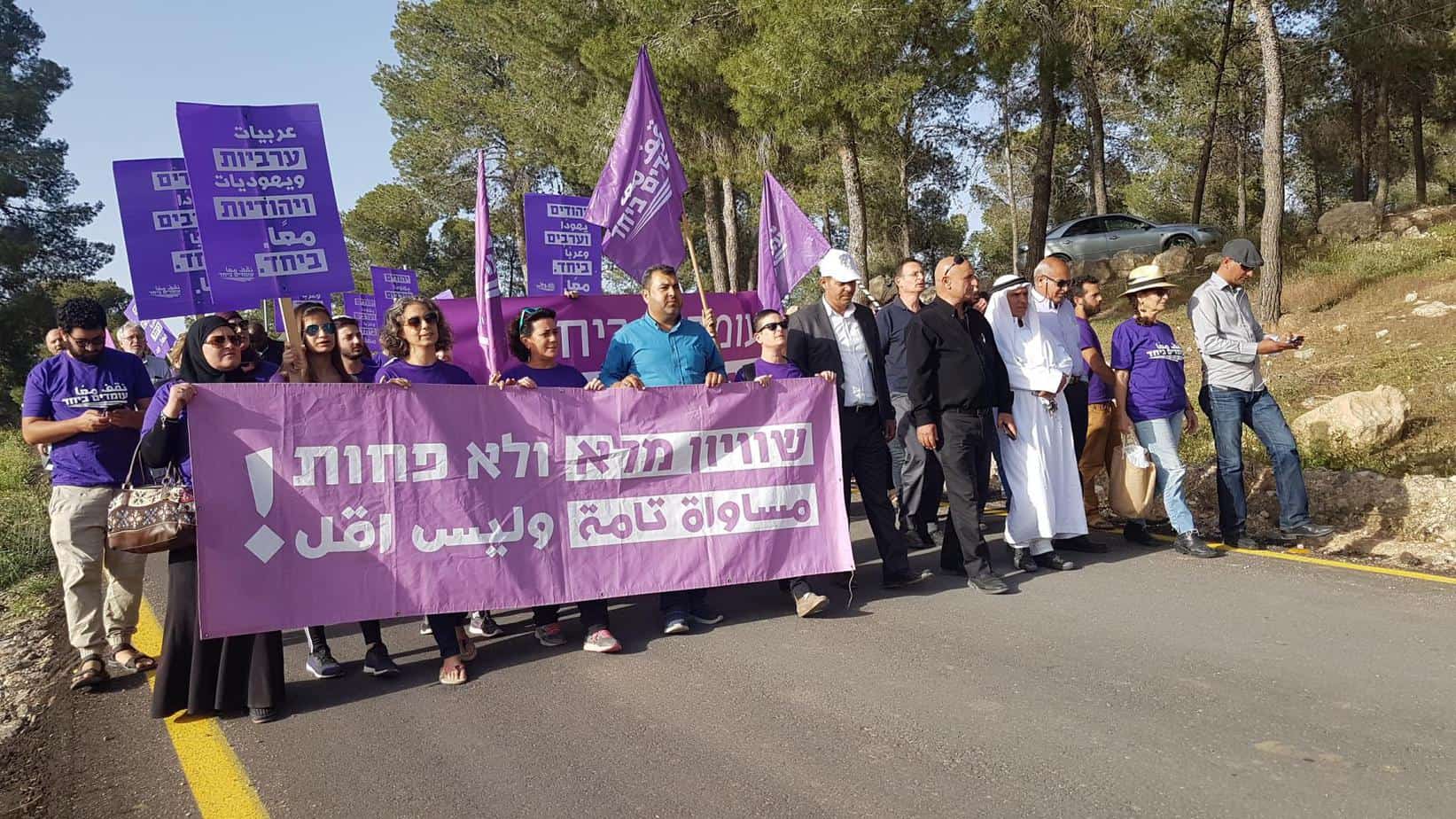
Near and Far: Palestinian Arab citizens of Israel on and off the TV screen
A young perspective on prime time
In recent years we have seen an increase in the representation of Palestinian Arab citizens of Israel on the Hebrew-speaking Israeli TV screen. Sayed Kashua’s “Arab Labor,” broadcast in 2007, may have been the first example, but since then other drama and fiction films and series have been added to the repertoire (“The Screenwriter,” “Muna,” “Our Boys,” “Nafas”). These programs sought to place at the center of the discussion domestic social issues as well as the complicated relationship between the Arab minority and the hegemonic Jewish majority. These programs were usually created by Palestinian Israeli Arabs who brought their unique perspective, as well as the Arabic language, to prime time, making both somewhat less marginal and rare than they were before. A rise in the number of Palestinian Israeli participants on Israeli reality shows may also be an indication of the same trend.
We witnessed another expansion of that trend into the documentary genre with the appearance on the Israeli public TV channel of a series about Palestinian Israeli young adults who star in the documentary series “Near/Far.” Over a year and a half the series makers (participants in the Van Leer Jerusalem Institute’s Incubator for Documentary Filmmakers) – Ayelet Bechar, Ahlam Canaan and Nicholas Jacob – followed a number of Palestinian Israelis in their twenties and thirties from different parts of the country, and documented moments of insight and crisis as a result of their decision to move away from home. The personal stories they tell articulately and skillfully about the question of where to live shed light on deeper questions of gender, identity and employment. They open to us a rare window through which we learn about the social and personal prices they are forced to pay to stay close to their families and the places of their birth, as well as the prices and perhaps the opportunities that open up to them when they move away from their Arab communities.

For a brief moment, these young adults provide us with an optimistic look towards a shared future, and it seems as if this generation will have a smoother and easier path than its predecessors. The series generally succeeds in placing these young adults at the center of attention and conducting the conversation from their point of view. The characters, who are much more human, rounded and complex than anything we have seen before on our Hebrew-speaking television, talk about their desire for change and their search for opportunities to integrate in housing and employment. Systems of social bridges between the young Palestinian and the hegemonic Jewish Israeli society are reflected to us through the screen and leave us wondering: have the experiences of exclusion, discrimination and struggle over the definition of Palestinian identity come to their end?
The impact of neoliberal policy on Arab society in Israel
The picture of integration that is portrayed by the current spate of films and television series therefore needs a broader context. It seems that the experiences of existential threat and inequality that characterized the lives of Palestinian Arabs in Israel in the first decades of Israel's existence were compounded in the last three decades by additional dimensions that create complex life experiences, which deserve a deeper look, as offered by Michael Shalev, Maha al-Taji, Eilat Maoz, and Amid Sa’abneh in their future research. A neoliberal policy, especially in the last two decades, has deliberately advanced the Palestinian-Israeli public in the areas of employment and education as a condition for the country's economic development, and was an important factor in the expansion of the middle class as a whole and the growth of the Palestinian Arab middle-class in Israel in particular. From the 1990s onward, processes of privatization and globalization, a rise in business entrepreneurship, and the rapid development of secondary and higher education, enabled the Palestinian Arab middle-class in Israel to transition from “survival” to “adjustment,” as reflected by the research of Prof. Aziz Haidar. Furthermore, an increase in the allocation of land to the Arab communities (despite the large gap that still exists in relation to the Jewish communities), as well as a change in the attitudes of the banks and a rise in granting credit and mortgages to younger Palestinian Arab citizens of Israel, led to far-reaching changes, such as the creation of new mixed cities, as Dr. Manal Totry-Jubran shows in her research.
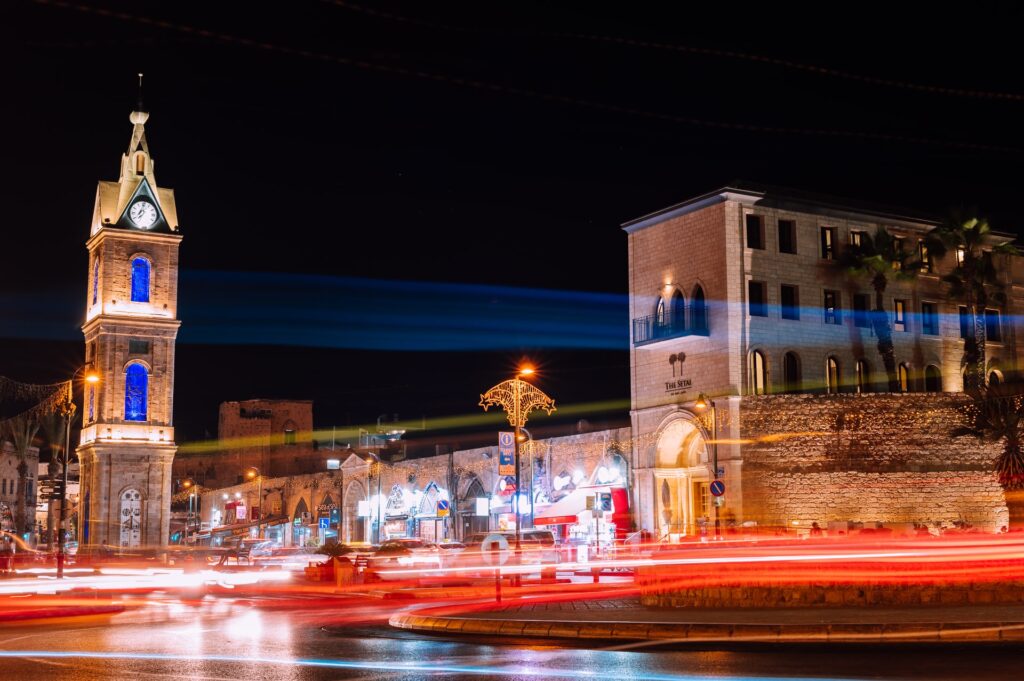
But the exodus of the young generation from the Arab communities also indicates, perhaps no less, the exclusion, dispossession and inequality of opportunities and collective rights of that public. Actually, the deep roots of the phenomenon can be seen in ongoing institutional and structural discrimination. Spatial separation between Jewish and Arab communities, as reflected by the map of communities in Israel, indicates perhaps more than anything else the success of the legal mechanisms to limit the ability to plan and build in the Arab cities and towns. The absence of a physical and economic planning infrastructure of industrial areas in the Arab spaces, a large gap in the allocation of land to the Arab communities (despite the change in the outline plan after the year 2000), and an ideology of Judaizing the space, have actively prevented the allocation of land and left no room for the expansion of Arab communities. Also, the entrenchment of organized crime organizations in the Arab communities and an increase in the number of weapons in the hands of criminal elements along with the state's neglect, discrimination and indifference, led to a drastic rise in crime and a loss of personal security, which in itself also encouraged young adults – students and children of the Palestinian Arab middle-class in Israel – to venture into the Jewish spaces in search of better education and health services and better lives. Education, the former generations always told them, is the most important “weapon” in their fight for their status and rights in Israel.
There is no doubt that this change, as reflected to us through the television and cinema screens, challenges the existing order and indicates the much greater opportunity that these young people have compared to the previous generations or weaker classes within the Palestinian Arab public in Israel. But in light of the events that occurred in May 2021 between Jews and Arabs in the mixed cities, it is hard not to feel that there is still a very long way to go until a joint and equal living space for the majority society and the Arab minority is actually created. These events cast a harsh spotlight on dimensions of racism, inequality and issues of complex identity, and showed again how the “success” of the social and economic integration of the Palestinian Arabs in Israeli society is far from being the only description and explanation of that public's existential experience in the state of Israel.
To purchase statistical yearbooks (Arab Society in Israel: Population, Society, Economy), by the Van Leer Jerusalem Institute Press and Hakibbutz Hameuchad
Photo: Ella Yedaya, Shatil Stock

